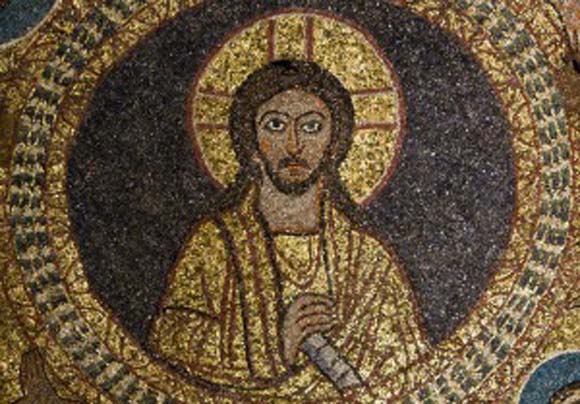
Councils of Faith: Constantinople I (381)
1.31k
The question that dominated the First council of Nicaea (325) was in essence: Is Jesus merely a super-being that God created, or is he God himself? The Arians had insisted that if Christianity is to be consistently monotheistic it must acknowledge that only God the Father is Divine. For the Arians, then, the Son and Spirit are more like immensely powerful angels. As we have seen in a previous post, Nicaea forcefully rejected this idea and preserved the scriptural truth of the Divinity of Christ via a non-scriptural term: homoousios, translated into English as ‘consubstantial’. The Son is consubstantial with the Father, God from God, begotten not made.
 The Arians, then, were roundly condemned at Nicaea, yet still the issue remained unresolved. Whilst the language of ‘homoousios’ had the clear advantage of guaranteeing the oneness of God, there were those, particularly those associated with Alexandrian theology and Origen, that worried this non-scriptural ‘substantial’ language was misleading. They feared that it might provoke at one extreme a clumsy division of God’s substance into three, as if in fact we worshipped three Gods; and at the other extreme a blurring of Father, Son and Spirit into a single Godhead without distinction.
The Arians, then, were roundly condemned at Nicaea, yet still the issue remained unresolved. Whilst the language of ‘homoousios’ had the clear advantage of guaranteeing the oneness of God, there were those, particularly those associated with Alexandrian theology and Origen, that worried this non-scriptural ‘substantial’ language was misleading. They feared that it might provoke at one extreme a clumsy division of God’s substance into three, as if in fact we worshipped three Gods; and at the other extreme a blurring of Father, Son and Spirit into a single Godhead without distinction. Fifty years of political and theological confrontation followed as the schools of Antioch and Alexandria argued over how the council was to be interpreted and a kind of neo-Arianism rejected the council altogether. Much of the Origenist East remained strongly influenced by Arianism despite the best efforts of Athanasius and the Cappadocian Fathers. The Emperor Theodosius, a westerner who was strongly supportive of Nicaea, therefore decided to resolve the issue once and for all and convened the first council of Constantinople in 381.
Constantinople 1 has been called the Cappadocian council as both Gregory Nazianzus and Gregory of Nyssa played a leading role. Indeed, Constantinople 1 rejected all those heresies that they had struggled against for much of their lives. The Arians were once again condemned and the divinity of Christ affirmed. This time, however, in response to the Apollinarians who denied that Christ had a human soul, the council went further and asserted that not only was Jesus divine, but he also had a human soul. The Trinitarian picture was completed by an implicit recognition, carefully worded using only scriptural expressions in an unsuccessful attempt to keep the Macedonians on side, that the Holy Spirit was divine.
The first council of Constantinople, then, in broad terms defined the shape of Trinitarian theology. Its Creed, confusingly called the Nicene Creed, has become the most widely used in East and West albeit with a slight difference on the procession of the Holy Spirit (the famous ‘filioque’). In the process, Constantinople 1 set the terms for the great Christological controversies that would dominate future councils: Constantinople 1 declared that Christ was fully givine, and yet had a human soul. The theological struggles of the next centuries would be directed at wrestling with this question of how Jesus, who was God, could also be man.


